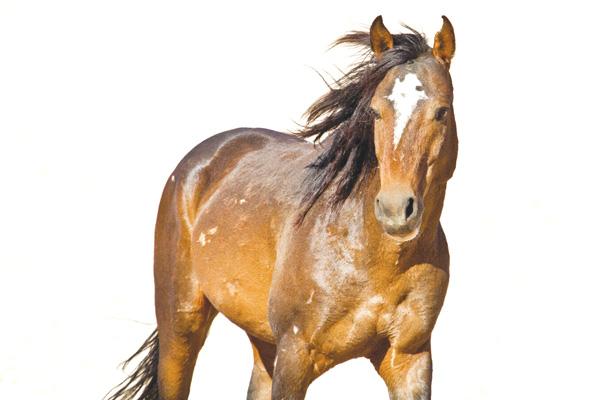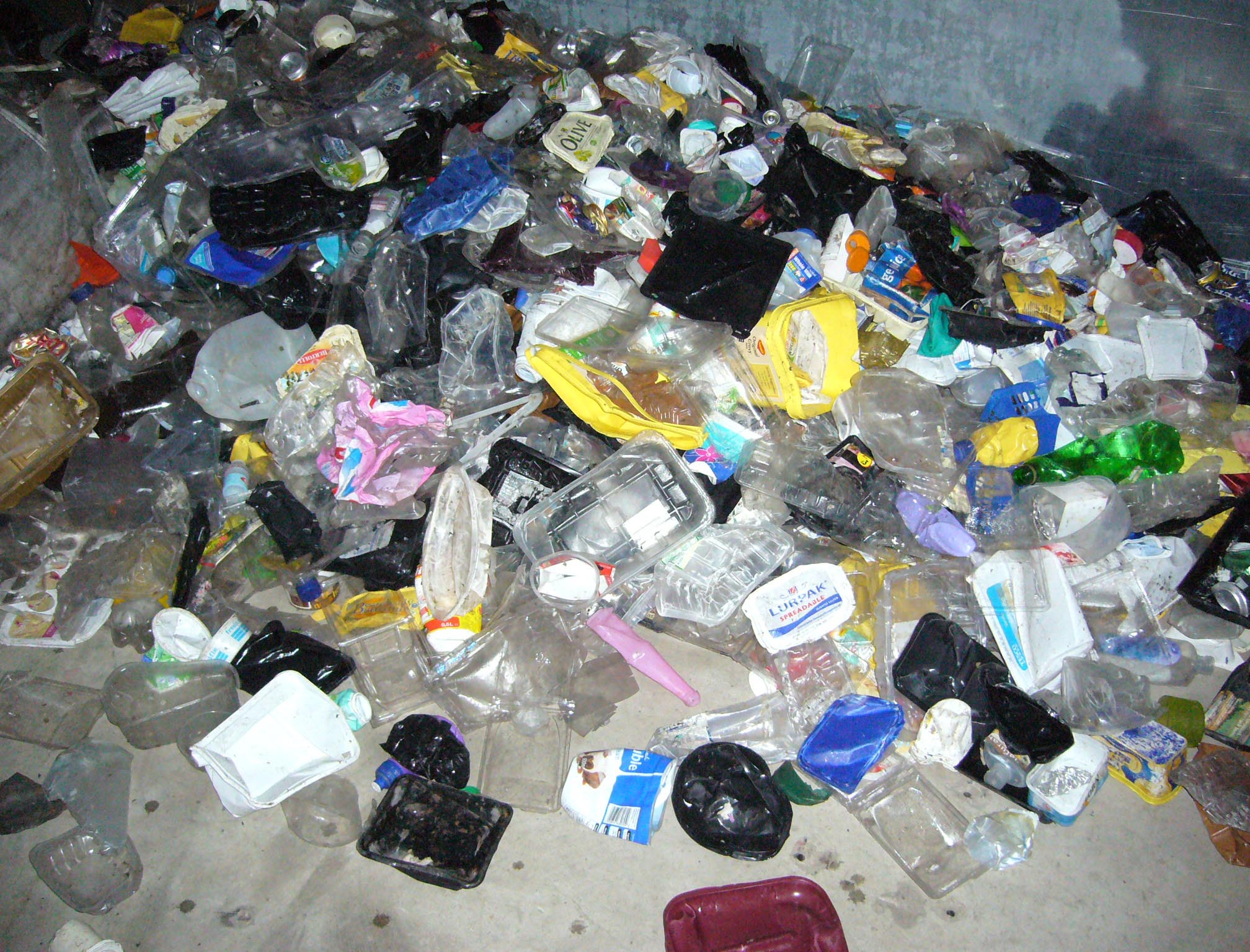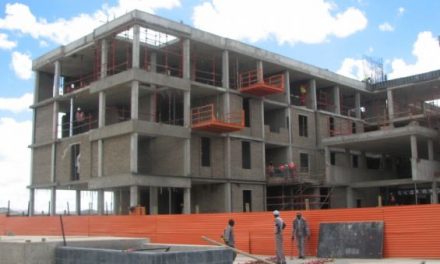
Namib’s wild horses run low on fodder

The southern Namib is home to a community of feral horses much like the wild Mustangs in the American west.
The so-called Namib wild horses keep in small herds in the vicinity of the Garub waterhole just a small distance inside the boundary of the Namib Naukluft National Park and the Aus district. Most of the time, some horses can be observed from the Aus Lüderitz road. These horses have been in that area for about a century. There is no scientific indication that they have evolved to become desert-adapted in a biological sense but they have certainly modified their behaviour to survive the harsh conditions. Yet, the wild horse population is threatened by amongst others, inbreeding, food scarcity and drought. Were it not for the waterhole, they would probably not survive.
This week the FNB Namibia Holdings Foundation Trust announced it has donated N$100,000 to help feed the wild horses via the Namibia Wild Horse Foundation. Ingrid Goeieman, Manager of Donations and Sponsorships at FNB Namibia explained: “Due to the extended drought experienced in the south, these horses require feeding, water and lick – and the Namibian society has been very supportive in this plight. The wild horses of the Namib are one of the top 10 sights to be seen for foreign tourists and FNB Namibia deemed this such a worthy investment – not only to ensure the longevity of these horses, but to also support tourism and the environment.” Telanie Greyling who works with the wild horses, said that the FNB donation contributed to the purchase and transport of “Garub Wild Horse Lick” from Windhoek to the horses near Aus. She explained: “A bag of lick feeds one horse for 40 days and costs $330 including the transport. There are 167 horses at present and since 20 October 2015, 360 bags of lick have been given to the horses to sustain them through the drought.” She added that until now the horses’ area only had 3-8 mm of rain in mid-January and 1-3 mm of rain during the past few days. “Some green grass was available for about 10 days during which the horses reduced their consumption of the lick but with the grass starting to wither again, the horses have come back for more lick. Unfortunately, “running after green grass” did not improve the condition of the horses but had the opposite effect and it is important to continue the lick until they stop eating it which will show that they do not need it any more.”













































